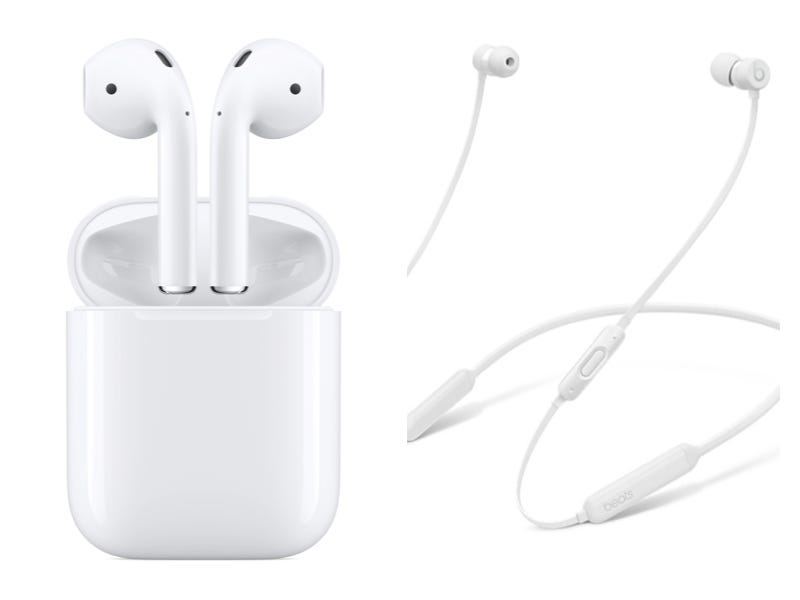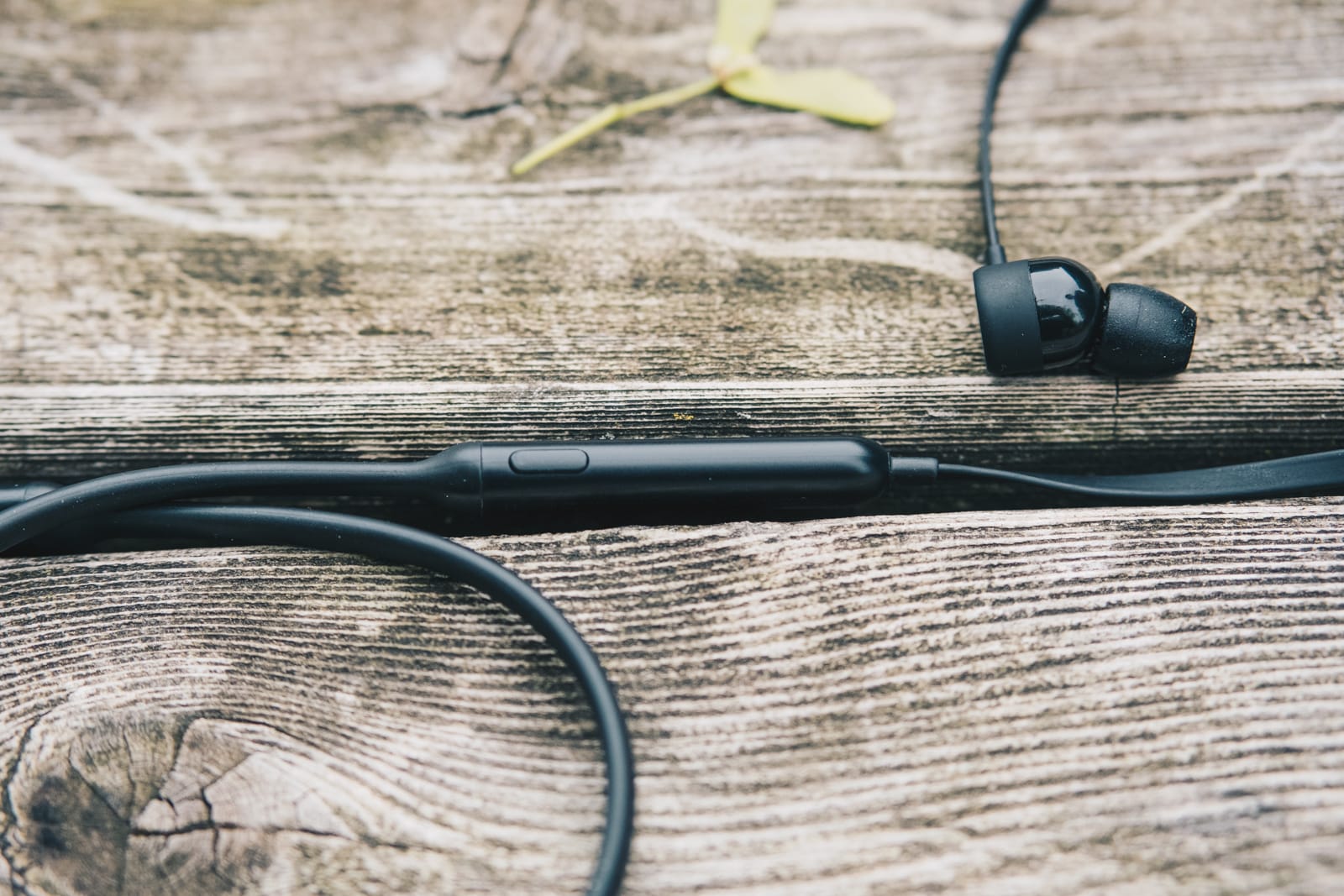
It may be associated with bilateral serous discharge. Physical exam reveals fibrotic tissue and cystic, lumpy tissue. Patients report painful breast tissue before menses with improvement during menstruation. Fibrocystic changes (A) are a common cause of breast pain in young females. Treatment includes excision, which is diagnostic as well as curative. This is a benign breast tumor arising from the proliferation of mammary duct epithelium that classically occurs in females 20–40 years of age. RUQ ultrasound (E) is appropriate in the workup for cholelithiasis.Īlthough bloody nipple discharge should raise concern for cancer, intraductal papilloma is the most common cause of bloody nipple discharge.

Upper GI studies (C–D) would not be indicated since this patient has strong evidence of necrotic bowel and requires urgent surgical intervention. Observation is not appropriate for this patient (B). Most patients with SBO (without necrotic bowel) due to adhesions improve with conservative management, and do not require surgery. As such the patient will need exploratory laparotomy, and any bowel that is obviously nonviable needs to be resected. Clues to ischemic bowel include the presence of acidosis, fever, leukocytosis, and severe localized pain (unusual for SBO). This progresses rapidly to strangulation with risk of ischemia, gangrene, and subsequent perforation. Gas and fluid accumulate within this segment of bowel, and cannot escape. A closed-loop obstruction is a particularly dangerous form of bowel obstruction in which a segment of intestine is obstructed both proximally and distally. Necrotic bowel generally does not occur in association with a SBO unless there is a closed-loop obstruction. This patient has a SBO with evidence of ischemic or gangrenous bowel most likely secondary to adhesions from past surgery (e.g., sigmoidectomy). Intravenous erythromycin acts as a prokinetic agent and has some utility for gastroparesis, but not for a SBO (D). Evidence of a complete SBO is a relative indication for surgery, but recent studies suggest that some of these patients resolve with nonoperative management as well. Operative management can be achieved either via open laparotomy or laparoscopy (B). Operative management (C) with laparotomy and lysis of adhesions should be considered in the following conditions: if the patient demonstrates evidence of clinical deterioration as manifest by increasing pain, tenderness, fever, leukocytosis, or acidosis. Most patients with SBO due to adhesions improve with these maneuvers, and do not require surgery. Once the patient has been adequately resuscitated, CT scan (E) with oral contrast is recommended as it is useful in confirming the diagnosis of SBO, determining if the SBO is partial or complete, and ruling out other diagnosis. Aside from the salutatory effect of NG decompression on the distended bowel, patients with SBO are at risk of aspiration. The initial management of SBO includes placing the patient NPO, aggressive intravenous fluid resuscitation (the patient is tachycardic and likely very dehydrated), and NG tube placement.

SBO from adhesions can present many years after surgery.


This patient has evidence (on history, physical, and radiologic imaging) of a small bowel obstruction (SBO) that is most likely secondary to adhesions from prior surgery (scar in RUQ). Amylase, lipase, and liver chemistries are normal.
#Beats x which is right and left series
Abdominal series demonstrates one loop of markedly distended small bowel in the right upper quadrant with an air fluid level. The rest of the abdominal exam is unremarkable. He has marked right upper quadrant tenderness to palpation with guarding. Bowel sounds are hyperactive with occasional rushes and tinkles. His abdomen has a well-healed midline scar and is distended. On physical exam, his temperature is 100.9 ☏, blood pressure is 110/80 mmHg, and heart rate is 110/min. Past history is significant for prior sigmoid colectomy for diverticulitis 10 years ago. A 65-year-old male presents to the ED with nausea, vomiting, and severe abdominal pain.


 0 kommentar(er)
0 kommentar(er)
